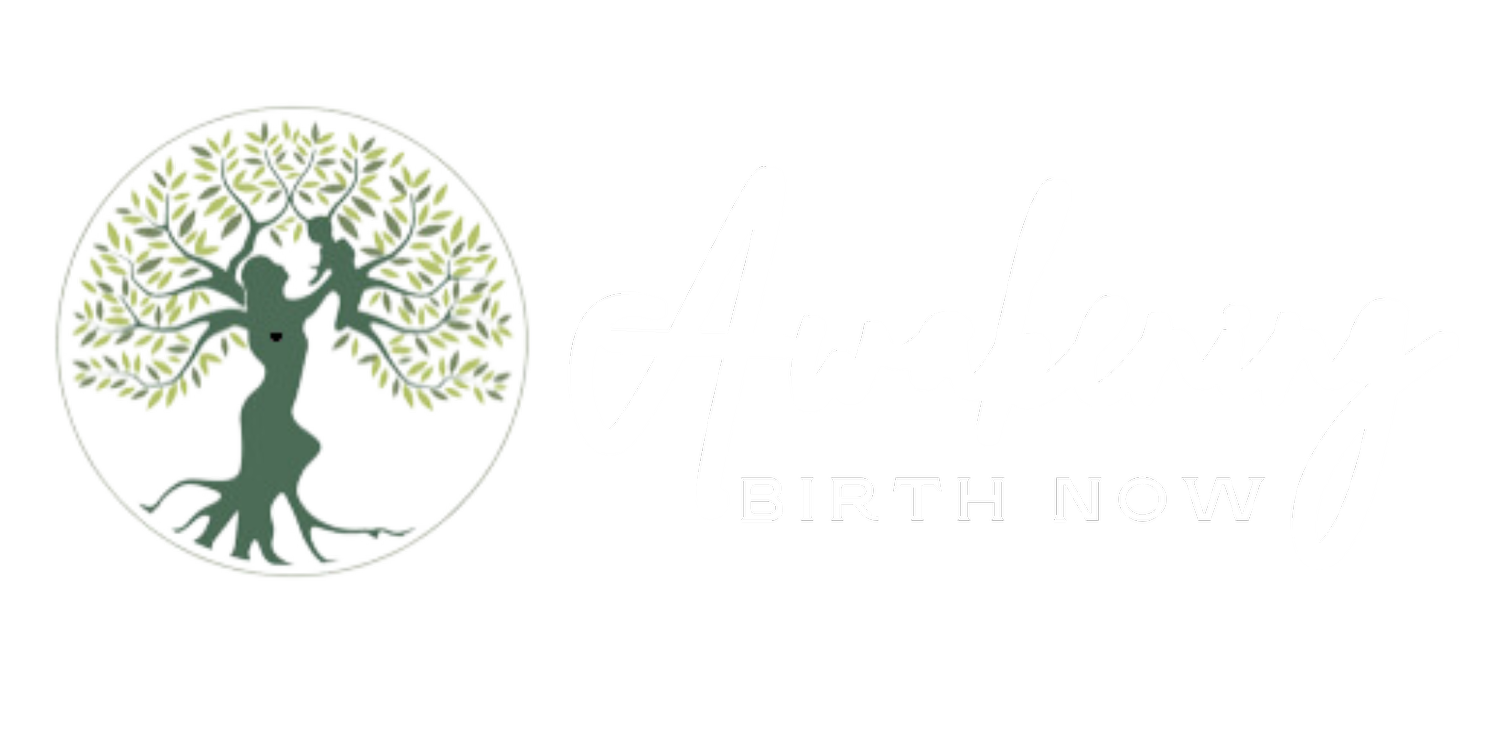Reality Shock: RN’s First Years (Dr. Kerry, #1)
Vanita's Preface: New nurses and other medical professionals experience a phenomenon called "reality shock". This "getting real" occurs when their idealistic dreams of "helping people" are tempered by real-life and disturbing incidents in the medical system. The RN who wrote this story describes a few of her ethical dilemmas with interventions and even deception in maternity care. However, she continued to assume that most of the routine maternity gadgetry used at this Southern Californian high-tech hospital must be helpful.
Here is Kerry's tale:
"How lucky am I?" That was my thought as a new graduate hired as a labor and delivery (L&D) nurse. Inexperienced nurses rarely got to practice in L&D. The unspoken rule was your dues had to be paid first on medical-surgical units. Still, the nursing shortage helped me land my dream position right away. I was young, naïve, and had a lot to learn.
I worked the evening shift in our local hospital in Southern California, where I had been a student. We had four labor cubicles and two delivery rooms resembling operating suites. Our patients mainly were the uninsured, poorer women of the county, and undocumented Mexican migrants. This "teaching hospital" was affiliated with a large university. Our medical staff was primarily medical students, fully-qualified doctors in a 3-year obstetric residency, and two senior doctors. The senior doctors came to L&D when needed.
I loved L&D. It often was the happiest place in the hospital but could also be the saddest. We were swamped and routinely filled our available rooms. Patients often gave birth at "scrub sink 1" or "hall 2". As a teaching hospital, our patients often doubled as research participants. Our patients became the study group when our doctors were involved in research or a clinical trial. The studies' methods were often safe (e.g., collecting a urine sample). Occasionally, they would be invasive, such as exploring the relationship between the pH of the baby's blood and fetal heart rate. Nurses would poke the unborn baby's scalp to collect the blood sample as it descended through the birth canal. Most laboring women eagerly signed a consent form when told that their baby "might be in trouble." No one explained that pressure on the head caused many normal "irregular" heart rate patterns and not concerning. More distressing was no one explained the risks of the numerous small holes we made in the scalp's skin. Gratefully, "fetal scalp blood sampling" fell out of favor when it was discovered one could rub the unborn's scalp. If the baby's heart rate increased, then the baby was fine).
I left this job after two years following an argument with one of the senior doctors. I complained when he instructed a 3rd-year resident to cut abb extensive unneeded episiotomy (deep vaginal/perineal incision). I confronted him later. He wanted the soon-to-be graduating resident to have an opportunity to sew up a deep episiotomy under supervision. He didn't want her to have to repair such a wound on her own in the future. On the same note, I also saw forceps used when babies and their pushing mothers were in no distress. These "opportunities for learning" didn't happen only to mothers. I saw healthy pink and crying babies have intubation tubes put down their windpipes to teach pediatric residents. Over the years, I have thought about our vulnerable patients subjected to unnecessary interventions for the medical staff's education. Most of these women freely consented, believing it was in their best interest. Others were informed after the fact, creating the impression that it was an essential part of their care.
Vanita's Note: Helping a baby breathe through a tube inserted into the windpipe or trachea is a valuable skill not commonly needed with healthy newborns. Though it can be beneficial, it also carries risks.
It was hard to leave this job. I felt I was abandoning my patients, but speaking up was unwelcome. My nursing career next took me to Alaska. Caring for the Native Americans there, the question arose, "Could Birth Be Normal?" arose...
Dr. Kerry Newlin, RN, Nurse-Practitioner, Doctorate Health Sciences
Kerry has had the great fortune of attending women during birth in the United States, Nicaragua, Kenya, Ethiopia, Liberia, and East Timor. She currently lives in Australia with her amazing Aussie husband. This multi-talented woman spends her time tending her garden, remodeling her house, and teaching the next generation of healthcare providers. She was the editor of the original version of Awakeningbirthnow.com.

